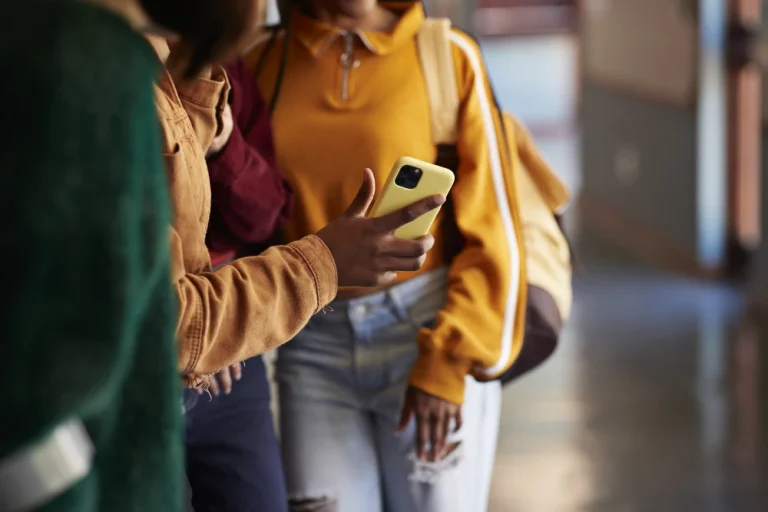ATLANTA — In 2023, Florida led the way by passing a law to regulate cellphone use in schools.
Two years on, half of U.S. states have similar laws, with more poised to join soon.
Legislation has raced through statehouses this year in places like New York and Oklahoma, showing widespread agreement that phones harm students.
On May 13, Connecticut state Rep. Jennifer Leeper, a Democrat and co-chair of the Education Committee, called phones “a cancer on our kids,” linking them to isolation, loneliness, reduced focus, and negative effects on both social-emotional health and academic performance.
Republicans share similar views.
“This isn’t just about academics,” said Republican Rep. Scott Hilton after Georgia’s law, which bans phones in grades K-8, passed in March. “It’s a mental health and public safety measure.”
So far, 25 states have enacted laws, while eight others and Washington, D.C., have set rules or issued guidance for local districts. Sixteen states acted this year. On Tuesday, Alaska lawmakers overrode a veto by Republican Gov. Mike Dunleavy on an education package, requiring schools to regulate phones.
More bills are pending in Florida, Missouri, Nebraska, and New Hampshire, awaiting governors’ decisions.
Growing push for full school-day phone bans
Florida’s initial law banned phones during class time but allowed use during breaks or lunch. A new bill, awaiting Gov. Ron DeSantis’ signature, would extend the ban to the entire school day for elementary and middle schools.
Nine states and D.C. now have full-day bans, mostly for grades K-12, outnumbering the seven states with class-time-only restrictions.
North Dakota’s Republican Gov. Kelly Armstrong, who signed a full-day ban, called it “a huge win.”
“Teachers, parents, principals, and school boards all wanted it,” Armstrong said.
After visiting a school with the ban, Armstrong noted kids interacting and laughing during lunch.
ExcelinEd, an education group founded by former Florida Gov. Jeb Bush, has pushed for “bell-to-bell” bans. Its advocacy arm lobbies for these policies.
Nathan Hoffman, ExcelinEd’s senior policy director, said full-day bans prevent issues like students recording fights in hallways.
“That’s when you see major behavioral problems, whether they go viral or not,” Hoffman said.
Some states prefer local control
In states with strong local control traditions, like Maine, lawmakers have moved from proposing full-day bans to requiring districts to set their own phone policies, trusting they’ll limit access. In Wyoming, a bill failed in January, with some senators arguing teachers or parents should decide.
Where laws have passed, exceptions are common. Most allow devices for medical monitoring, special education plans, or translation for non-English speakers. Some permit classroom use if teachers allow it.
Unique exceptions exist, too. South Carolina’s policy exempts volunteer firefighters. West Virginia allows smartwatches if not used for communication.
Opposition from some parents and students
A key exception in many laws allows phone use during emergencies, addressing parents’ fears of losing contact during crises like school shootings.
“Text messages were the only way parents knew what was happening,” said Tinya Brown, whose daughter attends Apalachee High School near Atlanta, where a September shooting killed four people. She opposed Georgia’s law at a March press conference.
While some students support restrictions, others, especially high schoolers, resist. Kaytlin Villescas, a sophomore at Prairieville High School near Baton Rouge, Louisiana, started a petition against Louisiana’s full-day ban, telling WBRZ-TV in August that schools should teach responsible phone use instead.
“We propose teaching responsible use to foster respect and self-regulation, not banning phones entirely,” Villescas wrote in her petition.
Most states offer no funding for enforcement
A few states, like New York, which allocated $13.5 million, have funded phone storage solutions like lockable pouches. But most, including New Hampshire, which cut a proposed $1 million, provide no money.
“Funding would ease implementation challenges,” Hoffman said. “But most states haven’t done so.”

